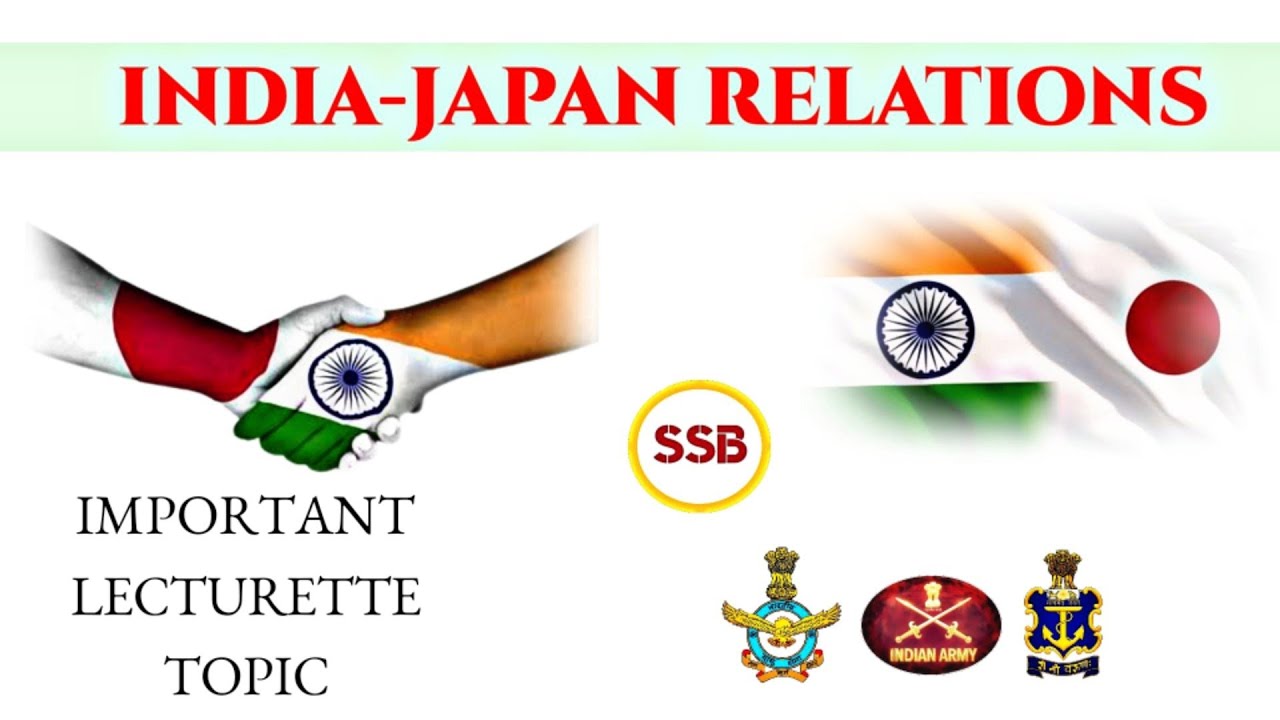Hero Honda Case Study: Is it 'Honda' that makes it a 'hero? | Hero Motocorp | Honda Bikes
Summary
TLDRThe video script delves into the strategic alliance between Honda Motor Company and Hero Group, forming Hero Honda, the world's largest bicycle manufacturer's foray into India's motorized two-wheeler market. Initially successful, tensions arose over technology transfer and competition as Honda planned its own subsidiary. The case study explores the joint venture's evolution, contract negotiations, and the impact of Honda's independent market entry on Hero Honda's future, amidst growing competition and market liberalization in India.
Takeaways
- 🤝 The case study revolves around a joint venture between Honda Motor Company of Japan and the Indian Hero Group, which is the largest manufacturer of bicycles in the world.
- 🚗 Honda entered into a 50-50 alliance with Hero to manufacture motorcycles for the Indian market, with Honda taking on product design and technology transfer, while Hero managed manufacturing and marketing.
- 📉 Tensions arose during the contract renewal period when Hero felt that Honda was slowing down technology transfers, leading to a 30% plummet in Hero Honda Motors' stock upon Honda's announcement of setting up a subsidiary in India.
- 🔄 The joint venture agreement was extended for another 10 years after negotiations, but the relationship was strained by Honda's plans to enter the motorcycle market independently in 2004.
- 🏁 The initial joint venture agreement was signed in June 1984, with both partners contributing equally to the equity and sharing responsibilities in different areas of the business.
- 💼 Honda provided technical know-how and future R&D efforts, while Hero contributed local talent for managing operations beyond engineering and quality support.
- 💰 Hero Honda Motors became a public company listed on the Bombay Stock Exchange, with a 13-member board overseeing the company's governance.
- 🔄 The 1995 contract renegotiation resulted in more favorable terms for Hero Honda, including significantly reduced royalty payments to Honda and a more timely transfer of technology.
- 🛠️ Hero Honda undertook significant expansion of its distribution network and product launches to stay competitive, relying heavily on Honda's R&D support for new product introductions.
- 📈 Intense competition emerged in the late 90s, with foreign joint ventures maturing and cheap Chinese imports posing a threat to the domestic two-wheeler industry.
- 🛑 Honda's decision to dissolve the Kinetic Honda Limited venture and its plans to enter the scooter market independently caused alarm for Hero, as it threatened their market share.
Q & A
What was the primary focus of the case study presented in the video?
-The case study focuses on the joint venture between Honda Motor Company of Japan and the Hero Group of India, specifically examining the dynamics of their partnership in the motorcycle manufacturing industry for the Indian market.
Who are the two main partners in the joint venture discussed in the video?
-The two main partners in the joint venture are Honda Motor Company of Japan and the Hero Group, an Indian conglomerate.
What was the initial agreement between Honda and Hero regarding their roles in the joint venture?
-Honda was responsible for product design and technology transfer, while Hero was in charge of manufacturing and marketing.
When did the first signs of tension between Honda and Hero appear in the joint venture?
-The first signs of tension appeared in August 1999 when Honda announced the setting up of a subsidiary in India to manufacture scooters and motorcycles.
How did the market liberalization in India affect the joint venture between Honda and Hero?
-The market liberalization in India led to increased competition and forced Honda to consider entering the motorcycle market on its own, which threatened the survival of Hero.
What were the key terms renegotiated in the 1995 contract renewal between Honda and Hero?
-The key terms renegotiated included a significant reduction in royalty payments from Hero to Honda, more attractive terms for future model licenses, and a faster transfer of technology.
What was the impact of Honda's announcement to set up a subsidiary on Hero Honda Motors' stock price?
-Hero Honda Motors' stock plummeted by 30% on the day of Honda's announcement, indicating investor concerns about the company's future performance.
How did Hero Honda Motors respond to the increased competition from other motorcycle manufacturers in India?
-Hero Honda Motors became more aggressive in terms of marketing, launching new products every two years, and expanding its distribution network.
What concessions did Honda agree to when the joint venture agreement was renegotiated?
-Honda agreed to delay its entry into the motorcycle segment until 2004, form a four-person committee with two members from Hero to examine new motorcycle releases, and offer Hero an opportunity to share in the equity as a minority holder in Honda Motor Scooters India.
What was the significance of the 2004 revalidation of the joint venture agreement between Honda and Hero?
-The 2004 revalidation was significant as it was the year when Honda planned to enter the motorcycle market in India, potentially affecting the future of the joint venture with Hero.
How did the lifting of import restrictions in India in 2001 impact the domestic two-wheeler industry?
-The lifting of import restrictions led to an influx of cheap Chinese imports, which made domestic two-wheelers seem expensive in comparison, threatening the domestic industry, especially in the mid and low price segments.
Outlines

此内容仅限付费用户访问。 请升级后访问。
立即升级Mindmap

此内容仅限付费用户访问。 请升级后访问。
立即升级Keywords

此内容仅限付费用户访问。 请升级后访问。
立即升级Highlights

此内容仅限付费用户访问。 请升级后访问。
立即升级Transcripts

此内容仅限付费用户访问。 请升级后访问。
立即升级浏览更多相关视频

Benarkah HONDA & YAMAHA BERKOMPLOT MENGUASAI INDONESIA?

Soichiro Honda - Vídeo Motivacional

SOICHIRO HONDA - Teks Biografi

Renault open in principle to Nissan merger talks with Honda | REUTERS

Should you invest in Ola Electric IPO? | Ola Electric IPO Review | Bhavish Aggarwal’s Plan

INDIA-JAPAN RELATIONS | CRISP INFORMATION | SSB INTERVIEW
5.0 / 5 (0 votes)
